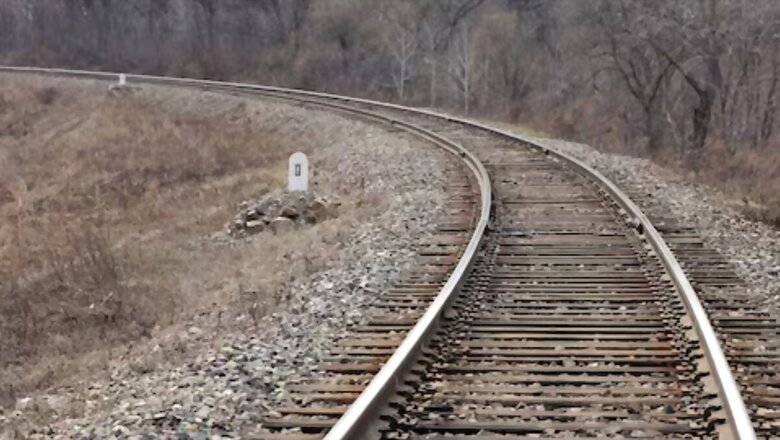
views
The process of laying a new railway line from Delhi to Jammu has commenced. This is being done to alleviate the traffic load on the existing railway lines from the capital, Delhi to Jammu, and to increase train speeds. Survey work for the new railway line is also underway. According to railway sources, two tracks will be laid from Delhi to Ambala, and one track will be laid from Ambala to Jammu. There has been no official statement from the railway authorities regarding this yet. The New Delhi-Jammu route is a busy railway corridor. Over fifty trains travel from New Delhi to Ambala daily, while more than 20 trains operate from Ambala to Jammu each day.
It is anticipated that the new railway line will be laid close to the existing tracks to avoid any disruption in train operations and to ensure that passengers can continue to use the current railway stations for boarding and disembarking. Currently, the speed of passenger trains is impacted by the increased railway traffic on this route. Trains often have to stop en route to allow other trains to pass.
The task of monitoring the survey of the proposed railway line to be laid from New Delhi to Jammu has been assigned to three railway divisions. The survey is being conducted by a private company. Delhi division has been given the responsibility of the 200 km rail section from Delhi to Ambala, Ambala Mandal has been given the responsibility of the 200 km track from Ambala Cantt to Jalandhar and Firozpur division has been given the responsibility of the section from Jalandhar to Jammu.
Currently, there is significant inconvenience on this railway route due to having only two tracks. One train must stop for an extended period on the outer track to allow another to pass, resulting in time wastage and prolonged travel times for passengers. The survey report for this railway line will be forwarded to the Railway Board. The Board’s committee will then decide on the project. The ongoing survey aims to determine optimal locations for track laying, potential bridge construction sites, and areas requiring land acquisition.


















Comments
0 comment